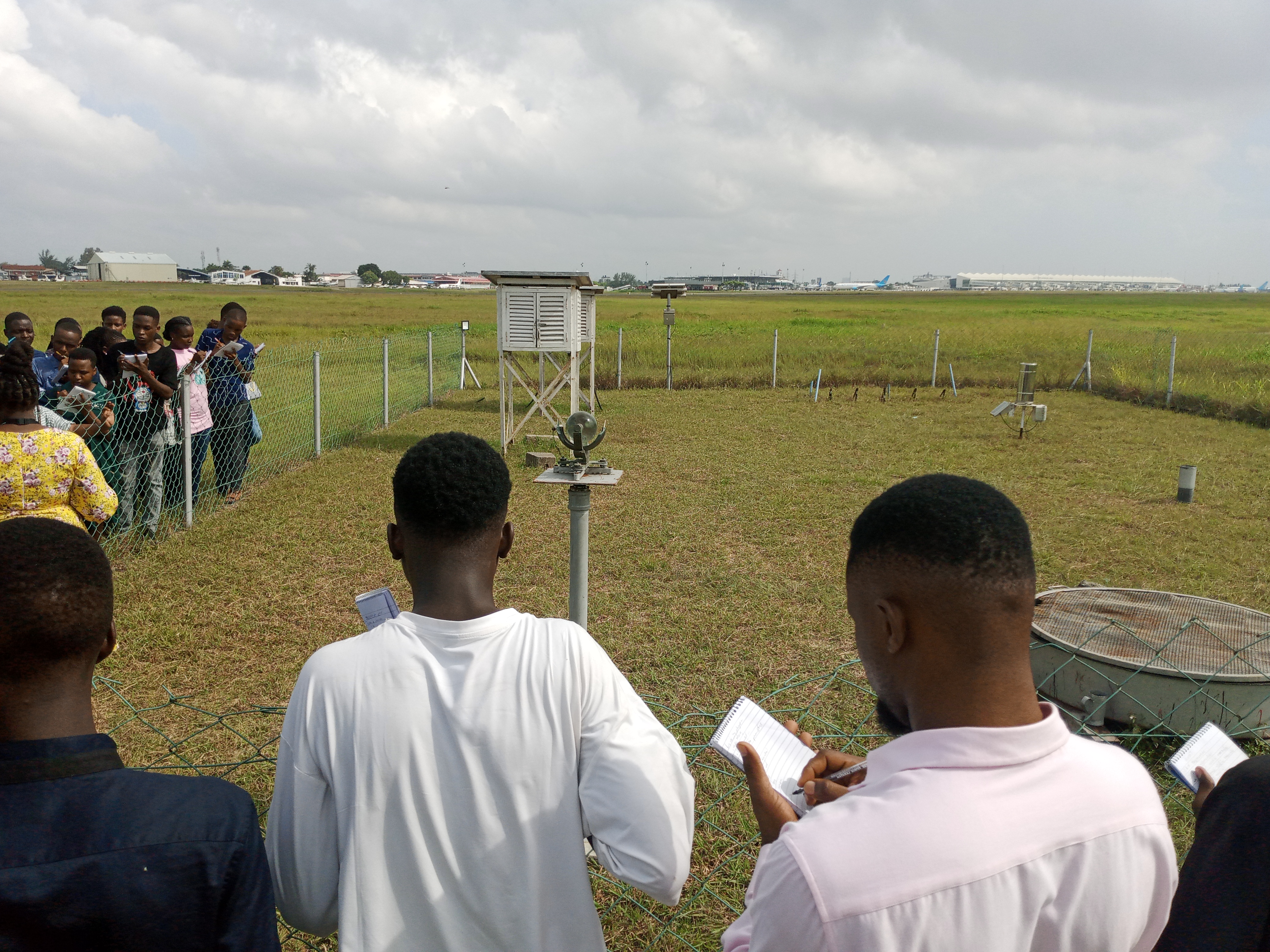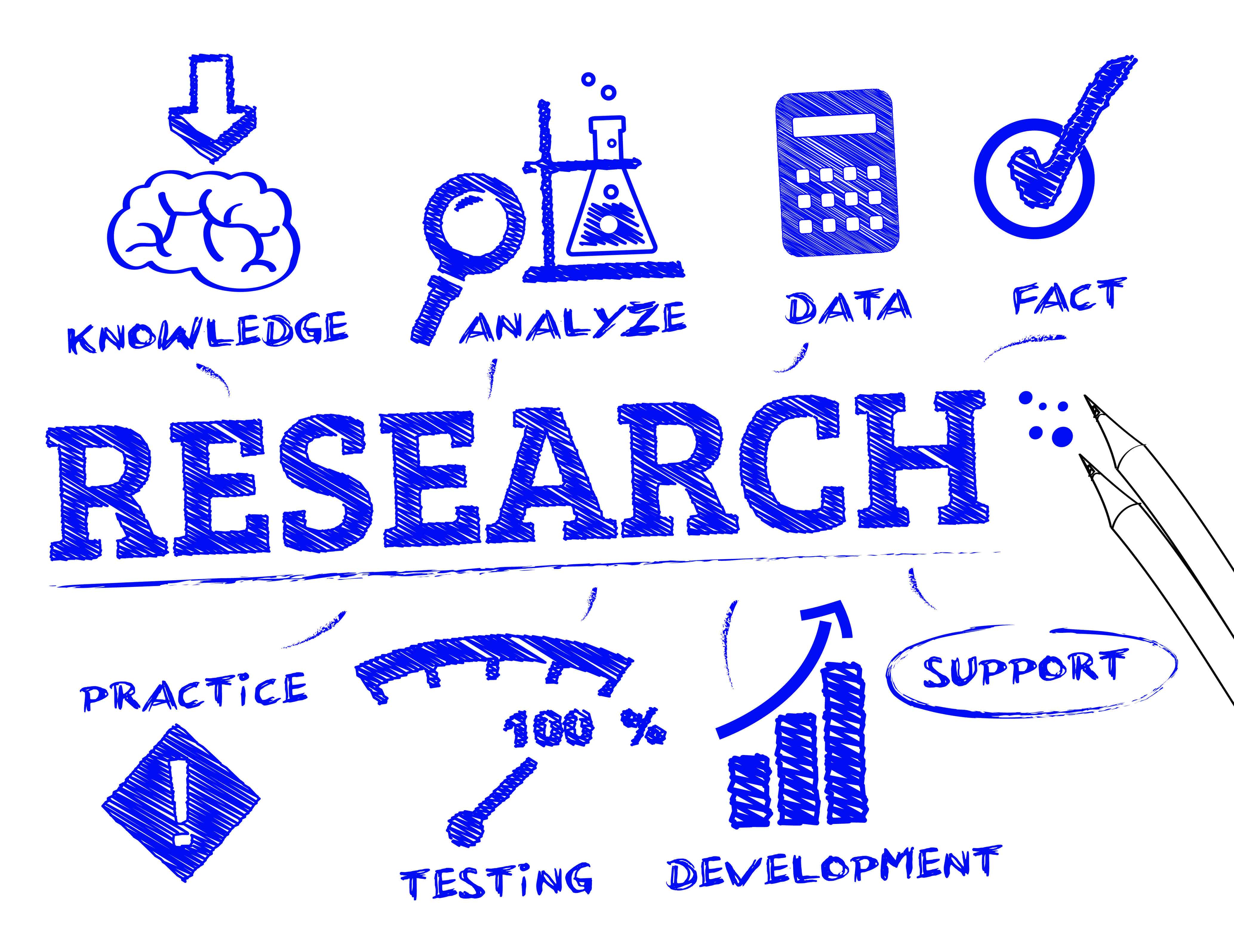- Teacher: Amina Amiri Hamad
SOKOINE UNIVERSITY OF AGRICULTURE (SUA) LMS
Available courses
- Teacher: Jackson Ngou
The aim of this course is to enable students to learn how modern technology-based teaching and learning programs are designed, develop skills related to the instructional design potential of specific technology-based tools and to develop an understanding of modern technology-based learning tools including computers, multimedia technologies, and communications technologies and how they can be used to enhance learning.
- Teacher: Mawazo Magessa
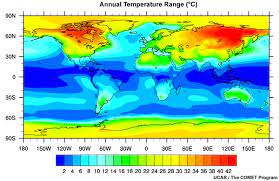
- Teacher: Offoro Kimambo
- Teacher: Claudis Luziga

- Teacher: Michael Lucas Daud

- Teacher: Michael Lucas Daud

- Teacher: Japhet Yaulen
- Teacher: Japhet Yaulen

- Teacher: Offoro Kimambo
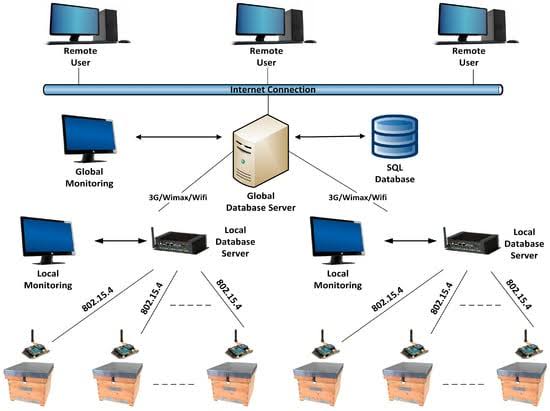
Precision beekeeping (PB), also referred to as precision apiculture, involves managing apiaries by closely monitoring individual bee colonies to reduce resource usage and enhance bee productivity. It aligns with precision agriculture and can be divided into three stages: data collection, analysis, and implementation. In the data collection phase, measurements are gathered from bee colonies and their surroundings. The analysis phase utilizes these measurements, predefined models, and expert insights to understand bee behavior and activity patterns. Finally, in the implementation phase, decisions are made and actions are taken based on the analysis to enhance apiary performance.
- Teacher: Kadeghe Fue
Course Aim:
To orient students to origin/sources and types of environmental radiology, peaceful use of radiation, and protection from ionizing radiation
- Teacher: Jilisa Mwalilino
Course Aim: To equip students with Improved practical and analytical skills in laboratory and field works for best interpretation of environmental problems
- Teacher: Jilisa Mwalilino
This course is offered to first year students pursuing BSC. Agronomy, Agriculture General and Horticultrure
- Teacher: Gerson S. Saddick
- Teacher: Amina Amiri Hamad
- Teacher: Gwakisa Aroni
- Instructor: Joseph Oswald Ruboha

- Teacher: Elisha Masudi Rutha
The course is about all of the bee products and their services
- Teacher: Dorothea Clemence Kipangula
- Teacher: Daniel Sirira
- Teacher: Herman Ntungwa

This course will teach you the fundamentals of statistics, the science of collecting, organizing, and interpreting data. You will learn how to design and conduct surveys, experiments, and observational studies, and how to analyze and present the results using various methods and tools. By the end of this course, you will have a solid foundation in statistics and be able to apply it to real-world problems and scenarios. Join me and discover the beauty and power of statistics.
- Teacher: Joseph Oswald Ruboha
i) Course Aim: The course aims to impart knowledge and skills to students on biodiversity and its significance in sustainable bee resources management
Course Expected Learning Outcome(s):
Upon completion of the course, the student will be able to:
1. demonstrate understanding of the concepts, scope and significance of biodiversity.
2. identify roles of bees in biodiversity and assess the impact of beekeeping practices on bee diversity and ecosystem functioning
3. Analyze the opportunities and challenges of managing biodiversity
4. Apply knowledge and skills gained [u1] to assess and conserve biodiversity
1. Introduction Biodiversity Management (face to face):
1.1 Definition of concepts in biodiversity
1.2 Scope of biodiversity
1.3 Significance of biodiversity
1.4 Biodiversity hotspots and their importance for bee resources,
1.5 Link between biodiversity and ecosystem services
2. Threats to Biodiversity (online):
2.1 habitat loss and fragmentation, pollution, invasive species and diseases, climate change, wildfire
2.2 ........................................
2.3 .............................................
2.4
3. Conservation and Management of Biodiversity (face to face):
3.1 Conservation methods and importance
3.2 Principles and challenges of management
3.3 .....................................................
4. Beekeeping and Biodiversity (face to face):
1.1 Roles of bees in biodiversity
1.2 Impact of beekeeping on biodiversity
1.3 Sustainable management of bees for biodiversity
vii) Teaching and learning activities
Teaching and learning activities will include a combination of face to face and online lectures or synchronous online lectures, asynchronous online preparatory materials, field work practical, seminar presentations, tutorials, take home group and individual assignments, guided independent reading, and case studies.
viii) Assessment Methods
Assessment methods for this course will include, assignments, presentations, practical reports, practical and theory tests, online and written quizzes, and the end-of-semester examination.
ix) Reading List
2. Huston, M.A. (1994). Biological diversity: The coexistence of species and changing landscapes. Cambridge University press.
3. Groom, M.J., Meffe, G.K. and Carroll, C.R. (2006). Principles of conservation biology. 3rd Edition. Sinaeur Associates, Inc. Publishers, Massachussets, USA.
4. Collen, B., Pettorelli N., Baiillie J.E.M. and Durant S.M (2013). Biodiversity Monitoring and Conservation: Bridging the Gap Between Global Commitment and Local Action, Wiley-Blackwell. 464p
[u1]Sounds general. Please rephrase
- Teacher: Debora Mwita Magesa

i. Course Title: CTGHO05 – Computer Application in Tour Guiding and Hunting Operations
ii. Course aim
Course expected learning outcomes (s)
Upon completion of the course, the student is expected to be able to:
a. Present, analyze and interpret tour guiding and hunting data with MS Office applications.
b. Understand basic Internet concepts, the World Wide Web and their applications.
c. Identify and explain computer security issues
d. Apply and use search engines in search for information
Course Status: Core
Credit Rating: 3 Credits
Total hours spent: Lectures: 10 hrs
Tutorials: 05 hrs
Practical: 05 hrs
Assignments: 05 hrs
Independent Study: 05 hrs
Course Contents
· Introduction to Ms -excel, word, access, PowerPoint
· features of Microsoft bar (insert, page layout, references, mailings, review, view, design and layout)
· Microsoft templates to design flyers, brochures, business cards, minute sheets etc.,
· Exploration and understanding of main Internet concepts
· Exploration and understanding of main World Wide Web concepts
· types and sources of security issues
· Mechanisms for handling identified security issues
· Search engines terms and concepts.
Teaching and learning activities
Teaching methodology will include lectures, seminar presentations, and tutorials, take home group and individual assignments, Independent reading assignments.
Assessment methods
Assessment methods for this course will include weekly tests, assignments, essays, tests, quizzes, and the end-of-semester examination.
Reading List:
1. Parker C.S. (2010). Understanding Computers: Today and Tomorrow, Comprehensive 13th edition.
2. Shelly B.G., Vermaat, E.M. (2011). Discovering Computers, Complete: Interactive Guide to the Digital World.
3. Miller, M. (2007). Absolute Beginner's Guide to Computer Basics. 4th Ed. Que Publishing
4. Shelly, G.B., Cashman, T.J., Vermaat, M.E. (2007). Microsoft Office 2003, Introductory Concepts and Techniques-Premium Edition, Course Technology.
- Teacher: Annan Bally
- Teacher: Vivian Mulokozi
Testing
- Teacher: Juma Kilima
- Teacher: Japhet Yaulen
- Teacher: Ally Ally
- Teacher: Kasimu Digema
- Teacher: Ally Ally
- Teacher: Japhet Yaulen
This course is tought to first year students pursuing BSC. Agronomy, Horticulture and Agriculture General
Students need to know the principles of land use planning
- Teacher: Christopher Mahonge
- Teacher: Edwin Ngowi
- Teacher: Beatus J. Temu
- Course Aim
The course aims to provide students with a comprehensive understanding of the foundational theories, principles, and emerging challenges in the field of development studies. Through rigorous exploration, students will develop the analytical tools and critical thinking abilities required to address contemporary global development issues. This dynamic, interdisciplinary field is concerned with political, social, and economic change, and it brings together a multitude of ideas, theories, and debates in both their historical and current contexts. The course sheds light on the challenges facing sustainable development on local, regional, and global scales. The primary focus is on applying the skills and knowledge gained to raise students’ awareness of the world’s most pressing needs and devise effective strategies to address them. Students will engage in discussions surrounding competing development paradigms and will be equipped to critically reflect on their own national realities.
- Expected Learning Outcomes
Upon successful completion of this course, students will have the competence to:
- Describe the core principles and theories that shape the landscape of development studies.
- Analyze intricate concepts related to human transformation and various developmental theories.
- Explain the evolutionary journey of human transformation and the accompanying theories.
- Apply developmental theories to assess well-being and economies facing underdevelopment.
- Evaluate the influence of capitalism and colonial legacies on underdeveloped nations.
- Assess the applicability of development theories within the context of developing countries.
In addition, students will develop the following knowledge, skills, & competencies:
Knowledge:
• Identify and comprehend development issues and challenges.
• Understand international development cooperation and its impact.
Skills:
• Apply concepts and theories to practical development issues.
• Critically read and analyze political development literature.
Competence:
• Propose pertinent solutions to improve socio-economic conditions.
• Design a development project.
|
Core |
|
|
10 Credits |
|
|
100 |
|
|
|
Lectures |
30 hrs |
|
|
Seminar |
20 hrs |
|
|
Assignments |
15 hrs |
|
|
Independent Study |
15 hrs |
|
|
Practical/Simulations |
20 hrs |
- Course Content
This course covers a diverse range of topics:
Module 1: Introduction to Development Studies
1.1 Concepts and Definitions of Terms
1.1.1. Development Studies
1.1.2. Description of Development
1.1.3. Core values of development
1.1.4. Human development
1.1.5. Sustainable Development
1.2 Transformation of the society
Module 2: Theories of Social Development
2.1. Bourgeois theories
2.1.1. Bourgeois political economy
2.1.2. Modernization theories
2.1.3. Neo-liberalism
2.2. Marxist Theories
2.2.1. Marxist theories
2.2.2. Dependency theories
2.2.3. World System theories
2.3. African nationalist theories
2.3.1. The African Renaissance Theory
2.3.2. Liberation and developmentalism
2.3.3. Democratization theories
Module 3: Contemporary Issues in Development
3.1. Poverty
3.2 Corruption
3.3 Climate change
3.4 Global health security
3.5 Gender
3.6 Food security
3.7 Environment and Development
3.8 Science and technology
Module 4: Sustainable Development Goals (SDGs)
4.1. Sustainable Development Goals
4.2. Implementation of the SDGs
4.3. Relevance of SDGs to Developing Nations
Module 5: Globalization and International Development Co-operation
5.1. Dimensions of globalization
5.2. Effects of globalization
5.3. LDCs challenges of globalization
5.4. Regional co-operation in the global South
5.5. Main goals and functions of regional integration
5.6. Africa’s experiences of regional co-operation
Module 6: Democracy, Governance and Development
6.1. Forms of Democracy and Principles of Good Governance
6.2. The role of central government, local governments and civil society in development
6.3 Politics of aid and conditionality
6.4. Governance and human rights in LDCs
- Teaching and Learning Activities
The course will be delivered through a blended mode. The course will employ a variety of teaching and learning methods, including interactive face to face lectures and synchronous/asynchronous online lectures, multimedia lecture casts, demonstrations, engaging group assignments, dynamic seminar presentations, and individual assignments for self-directed learning. Case studies and scenarios will be used to illustrate practical aspects.
- Assessment Methods
Assessment methods are comprehensive and diverse:
- Knowledge Assessment: Written examinations will evaluate theoretical knowledge.
- Skills Assessment: Presentation assessments will assess analytical and communication skills.
- Competency Assessment: Collaborative assignments will evaluate design, management, and collaboration skills.
- Practical Assessment: Practical exercises, community engagement, and internships will assess the application of theoretical knowledge.
- Continuous Assessment: Regular quizzes, tests, assignments, essays, group discussions, debates, and presentations will evaluate understanding, critical thinking, collaboration, and communication abilities.
- The final assessment will include a university written examination.
- Required Readings
- Acemoglu, D. & Robinson, J. (2013). Why Nations Fail: The Origins of Power, Prosperity, and Poverty. New York: Crown Business.
- Amadu Sesay, Moshood Omotosho (211). The Politics of Regional Integration in West Africa, Wacseries Vol.2 No.2 OSIWA: WACI, West Africa
- Beer De Frik and Swanepoel, H. (2000). Introduction to Development Studies. Oxford University Press, South Africa.
- Chambers, R. (2012). Provocations for Development. Warwickshire: Practical Action Publishing.
- Dill, B. (2013). Fixing the African State: Recognition, Politics, and Community-Based Development in Tanzania, New York: Palgrave Macmillan.
- Elizabeth Nduku, John Tenamwenye (Ed) (2014). Corruption in Africa: A Threat to Justice and Sustainable Peace, Globethics.net Focus No. 14: Switzerland
- Fiona Nunan (2015). Understanding Poverty and the Environment: Analytical Frameworks and Approaches, Routledge: UK
- Jennifer Elliott, (2013) An Introduction to Sustainable Development, (4th Ed), Routledge: UK
- Kelle, V., & Kovalson, M. (1973). Historical Materialism: An Outline of Marxist Theory of Society. Progress Publishers.
- Leys, C. (1996). The Rise and Fall of Development Theory. Indiana University Press.
- Minishi, L. (2012). Understanding Co-operatives in Africa: A Handbook for Students. Nairobi: Acacia Publishers.
- Mutalemwa, G. (2015). People’s Organisations in Tanzania: Strengths, Challenges and Implications for Development. Vechta: Uni-Vechta.
- Noman, A. & Stiglitz, J. (2012). “Strategies for African Development” in Good Growth and Governance in Africa: Rethinking Development Strategies in Noman, A., Botchwey, K., Stein, H. & Stiglitz, J. (Eds). New York: Oxford University Press.
- Potter, B Robert and Desai, V. (2000). The Companion to Development Studies. Oxford University Press Inc. New York.
- Roberts, J. T., & Hite, A. (Eds.). (2007). The Globalization and Development Reader: Perspectives on Development and Global Change. Wiley-Blackwell.
- Rostow, W. W. (1960). The Stages of Economic Growth: A Non-Communist Manifesto. Cambridge University Press.
- Shanmugaratnam. N (2011). Development Theory in Historical Perspective and An Overview of Development Studies, Zed Press
- Shivji, I. (2013). “Democracy and Democratisation in Africa: Interrogating Paradigms and Practices”. African Review, 40 (1) 1-13.
- Thomas Tanner, Leo Horn-Phathanothai (2014) Climate Change and Development, Routledge: UKAS
- Recommended Readings
- Escobar, A. (2018). Designs for the Pluriverse: Radical Interdependence, Autonomy, and the Making of Worlds. Duke University Press.
- McMichael, P. (2016). Development and Social Change: A Global Perspective. Sage Publications.
- Sen, A. (2000). Development as Freedom. Knopf.
- Teacher: Edwin Ngowi
- Teacher: Chris Warbug
- Course aim: To provide student with a critical understanding of techniques and knowledge involved in the detection, amplification, and manipulation of nucleic acids, and their applications in diagnostics and biological research.
- Course expected learning outcomes: By the end of the course, students are expected to be able to:
1. Explain how techniques in molecular biology and biotechnology can be used to find genes and proteins of interest;
2. Describe how various nucleic acids amplification methods operate; their advantages and disadvantages, common problems, and troubleshooting during nucleic acids analysis;
3. Explain the application and differences between different DNA sequencing platforms;
4. Demonstrate ability to manipulate cellular nucleic acids for diagnostics and research applications;
5. Demonstrate ability to design, optimize, and validate DNA-based molecular assays;
6. Perform fundamental biochemical and molecular calculations and procedures;
- Course status: Core
- Credits rating: 12
- Total hours spent: 120
- Prerequisite: BLS 105
- Course contents:
Module 1: Cutting and joining DNA
Topic 1: Restriction endonucleases
Topic 2: Linkers and Adaptors
Topic 3: Double digest and restriction mapping
Topic 4: Optimizing digestion and ligation conditions
Module 2: Genomic and cDNA libraries
Topic 1: DNA cloning
Topic 2: Genomic libraries
Topic 3: cDNA libraries
Topic 4: Screening of DNA library
Module 3: Finding a gene and protein of interest
Topic 1: Hybridization
Topic 2: Southern and Northern Blotting
Topic 3: DNA chip/Microarray
Topic 4: Immunoblotting
Module 4: Principles of nucleic acid amplification and detection
Topic 1: The polymerase chain reaction (PCR) and Reverse Transcription PCR (RT-PCR)
Topic 2: Real-time PCR (qPCR) and Reverse Transcription Real-time PCR (RT-qPCR)
Topic 3: Digital PCR (dPCR) and Droplet Digital PCR (ddPCR)
Topic 4: Multiplexing PCR and qPCR
Topic 5: Emerging amplification methods (e.g. Isothermal, Photothermal, etc.)
Topic 6: Principles in oligonucleotide and assay designs and validation
Topic 7: Optimization of the PCR reaction
Module 5: Principles of DNA sequencing
Topic 1: Overview of DNA sequencing
Topic 2: First-generation; The Sanger sequencer
Topic 3: Second-generations; Illumina MiSeq, Ion Torrent’s PGM, Roche 454, etc.
Topic 4: Third-generation; PacBio SMRT technology and Oxford Nanopore
- Teaching and learning activities:
Lectures (face-to-face and online), laboratory and field practicals, tutorials, peer teaching, case studies, and simulation.
- Assessment methods:
Coursework assessments including take-home assignments quizzes, and written theory and practical tests given at appropriate times during the semester. In addition, there shall be an end of semester examinations
- Reading list
1. Sandy B (2001). Principles of gene manipulation. Sixth edition
2. Sandy B. P, Richard T. (2006). Principles of Gene Manipulation and Genomics, 7th Edition. Wiley-Blackwell
3. Jeremy, W. D., Malcolm von, S. and Nicholas P. (2011). From Genes to Genomes: Concepts and Applications of DNA Technology Wiley, USA.
4. Oliver, B., Zephaniah, D., Alessandra, S., Kakoli, G and Andrea S. (2011). Introduction to Molecular Biology and Genetic Engineering, Food and Agriculture Organization of the United Nations Rome.
5. Jennie P. M, Penelope BE. R (1998). Introduction to Cell and Tissue Culture: Theory and Technique, Springer US
- Teacher: Elisa Mwega
- facilitation: Mwajuma Bugufi
-
Course Aim: To impart knowledge and skills to students on the principles of forest and natural resources governance from global to the local level and be able to manage resources use and other related conflicts.
-
Expected Learning Outcomes
By the end of this course, students should be able to:
-
Make decisions and plan for sustainable forest management using different governance perspectives;
-
Manage forest resource use conflicts; and
-
Make critical analysis of policies with respect to sustainable forest management and recommend for revision or change of respective policies and its implication to the environment and forestry development.
- Teacher: Gimbane Mbeyale
This course is designed to orient student teachers with psychological principles, theories, and methodologies and their application in teaching and learning.
- Teacher: George Mwala
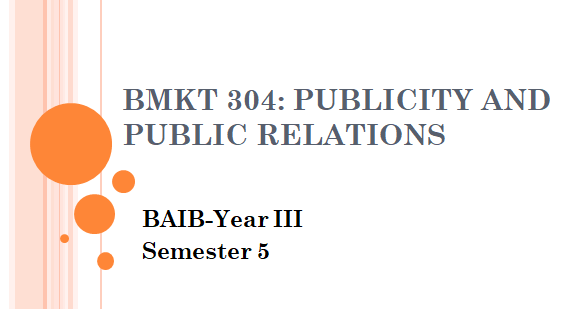
Public Relations Strategies introduces students to the strategic planning process involved in putting together and coordinating organizational public relations efforts. In this course, students will learn what is involved in developing, implementing and evaluating public relations strategies. The course provides insights on understanding an organization’s internal and external environment; as well as identifying and addressing public relations situations that emerge in these environments.
- Teacher: Suma Mwakanemela
The aim of the course is to introduce students to basic statistical concepts, theory and practice of statistics. It also intends to provide students with practical experience on collection, analysis, and interpretation of data to facilitate decision-making.
- Teacher: Lucas Mbembela
- Teacher: Alice Gomezulu
- Teacher: Isaac Kashoma
Costume Design and Construction is a core course for FCS students in year three. this blended course will be delivered through face-to-face and online modes. The course involves 10hrs for lectures, tutorial 5hrs, assignments 10hrs, independent study 15hrs, practical 60hrs.
Assessment: 1 Theory Exams; 2 Practical Test; Quizzes: Several and at any time without notice and portfolio of projects demonstrating abilities.
- Teacher: Zahra Majili
- Teacher: Gerson S. Saddick
- Teacher: Alcardo Ntagazwa
The aim of this course is to study and apply concepts relating to operating systems, such as memory management, processor and disk scheduling
- Teacher: Catherine Mangare
The aim of the course is to expose students to the application of basic computer hardware and software in simplifying and also improving learning of various university courses.
- Teacher: Catherine Mangare

This course provides an introduction to telecommunication systems and network management. The course provides concepts for computer systems networking and telecommunications manager program that focuses on the design, implementation, and management of linked systems of computers, peripherals, and associated software to maximize efficiency and productivity, and that prepares students to work as network specialists and managers at various levels. Includes instruction in operating systems and applications; systems design and analysis; networking theory and solutions; types of networks; network management and control; network and flow optimization; security; configuring; and troubleshooting.
- Teacher: Alcardo Ntagazwa
Welcome to Moodle LMS
- Teacher: Juma Kilima
- Teacher: Alcardo Ntagazwa
- Teacher: James Nyangas
In this course we will be considering how Technology Enhanced Learning (TEL) is used in the design, delivery and evaluation of student learning. We shall be looking at current trends in TEL, how these compare with traditional pedagogy and evaluating the impact of technology on teaching, learning and assessment. The course will provide an opportunity to develop your practical skills and make informed decisions about how, when and if technology could be integrated into your teaching.
- Teacher: James Nyangas
This course is designed to provide individuals with understanding of the theory and practice of curriculum development at all levels of education. The purpose of this course is to advance students understanding of contemporary theoretical underpinnings of curriculum. Technical, conceptual and practical aspects of curriculum theorizing will be addressed and their role in initiating innovations, modifications, maintenance and monitoring of on-going programmes studied in detail. This will aid advanced graduate student in viewing, analyzing and interpreting the curriculum and instruction program of an educational institution and in developing skills for implementing change. This course will help students to find, understand, and critique the curriculum in our schools through analysis of current and historical events and theoretical dialogues. It will offer students the opportunity to explore the curriculum writing process and critically examine current issues in curricula and curriculum theory.
- Teacher: Rwegasha Peter Ishemo
Students should get to know comparative perspective of education internationally
- Teacher: Benedicto Msangya
i. Course Aim
This course is designed to provide theoretical and experiential knowledge regarding basic principles of educational assessment and evaluation.
ii. Expected Learning Outcomes:
By the end of the course, students should be able to:
· Explain the interrelationship between instruction, curriculum and assessment
· Prepare classroom tests that measure a variety of intended learning outcomes from simple to complex.
· Discuss the concepts of validity and reliability and relate their role in the construction, selection, interpretation and use of tests and other evaluation instruments.
· Compare and contrast performance-based and standardized assessment systems in relation to purpose, use and interpretation
- Teacher: January Charles
- Teacher: Juma Kilima
This course aims to provide students with knowledge and skills related to the leadership and management of people and projects in an educational context. It includes both theoretical frameworks of management and the practical skills required by managers to lead, influence and communicate with others in an educational setting.
- Teacher: James Nyangas

Course title: CIT 100 Computer Applications
Course aim: To impact computer application skills to students
Course expected learning outcomes
The students will be able to
1. Identify basic hardware components and describe their functions for input, processing, output, and storage of data.
2. Describe major operating systems and demonstrate basic usage of their service such as file management services
3. Demonstrate word processing skills to create, format and edit a professional word document.
4. Present, interpret, analyze numerical data with spreadsheet applications.
5. Understand basic Internet concepts, World Wide Web and their applications.
6. Identify and discuss computer security issues
Course status: Core
Credits rating: 7.5
Total hours spent: 75
- Teacher: Michael Lucas Daud
- Teacher: Joseph Oswald Ruboha

Discover the innovative world of Integrated Pest and Pollinator Management, where sustainable agriculture and thriving ecosystems intersect. This course dives into strategies that protect crops from harmful pests while simultaneously fostering essential pollinator populations. We'll explore a balanced approach that combines cutting-edge research with traditional knowledge for long-term, environmentally responsible solutions.
- Teacher: Joseph Oswald Ruboha
Gain hands-on experience in the complete production cycle of annual crops. From seed selection and field preparation to crop management and harvesting, develop the practical skills needed for successful cultivation.
- Teacher: Michael Lucas Daud
